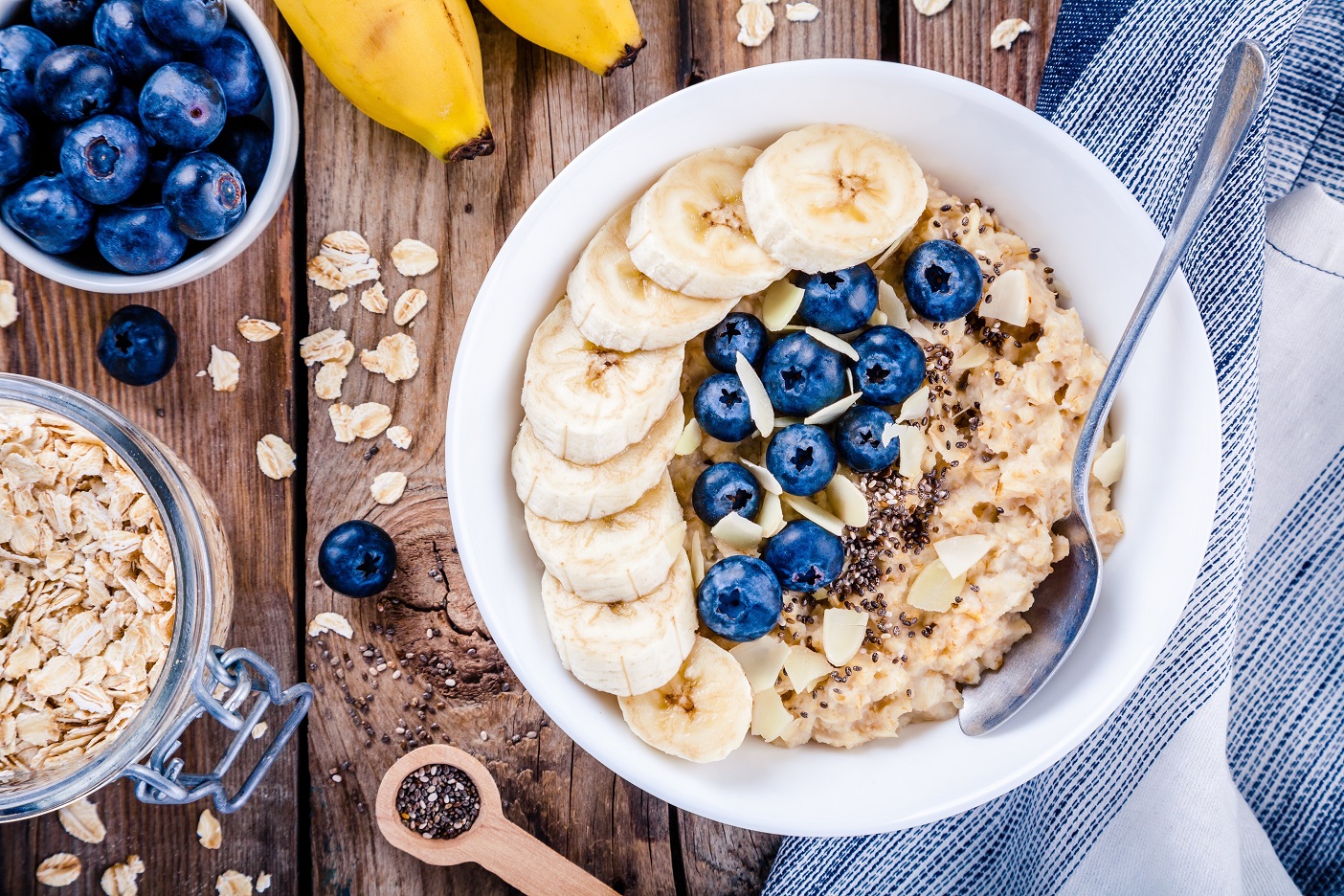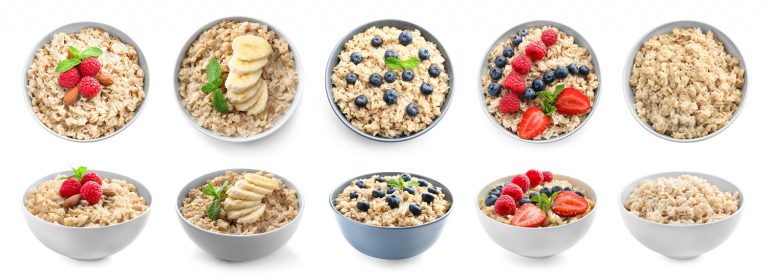Shovelling in a bowl of oatmeal every morning can be a healthy choice, but even with the range of extras, you can add to your bowl, after a while your taste buds crave a change – and perhaps more texture.
All grains offer a unique taste, texture, and nutrition profile.
Mixing it up will keep things exciting and give you a wider range of the nutrients you need. The only downside is that most require some simmer time on the stove, so if you want the same speedy convenience as instant oats, prepare a batch the night before. Then all you have to do is pop a bowl in the microwave the next morning.
Oatmeal pairs perfectly with more than nut butter, fruits, and other sweet flavours. Try these oatmeal recipes for a delicious meal that’s great any time of day.
Quinoa
Most grains are considered inadequate protein sources because they don’t have enough of the amino acids lysine and isoleucine, but quinoa has a lot of both. Eat up on days when you’re planning a serious sculpt session at the gym since lysine assists in the formation of muscle protein and isoleucine help heal and repair muscle tissue.
Nutty quinoa comes in a variety of colours, including light beige, red, and black, with the darker varieties tasting a bit earthier. The fluffy and creamy yet crunchy texture pairs well with dried cranberries and sliced almonds.
Brown Rice
Brown rice is a good source of fibre and contains a variety of phytonutrients to help prevent heart disease. The mild flavour makes it a great breakfast sub in, especially if you’re in a rush and there’s an extra carton in your fridge from Thai takeout. Hit up and top with bananas and shredded coconut or raisins and cinnamon.
Millet
This gluten-free grain offers a mix of important minerals, including phosphorus and magnesium, to keep bones strong and muscles and nerves performing at their best. Magnesium also works as a powerful anti-inflammatory in cells and has the potential to be helpful in conditions ranging from asthma to diabetes.
Millet can be creamy like mashed potatoes or fluffy like rice, depending on how you cook it. Use 2 cups of liquid for every 1 cup millet for a light, dry texture, or add more water if you prefer a thick, mushy mash. Serve with a splash of milk and dried fruit and honey.

Spelt
Spelt is a good source of manganese, another bone-protecting mineral, as well as immune-boosting zinc to help ward off colds. If you’ve already got a case of the sniffles, reach for a spelt muffin and a handful of zinc-packed cashews. Zinc can shorten colds by about a day and a half on average. Spelt’s nutty flavour means the flour works well in muffin recipes, while cooked spelt berries just need a sprinkle of cinnamon.
Wheat Berries
High-fibre wheat berries should keep you full until lunch and send some TLC straight to your gut. Fibre can help boost beneficial bacteria in the digestive tract. Wheat berries also supply a dose of B-complex vitamins to keep you energized through the morning and antioxidant-packed vitamin E to arm your cells against damaging free radicals.
Serve the berries at room temperature with yoghurt, flaxseeds, and honey.






